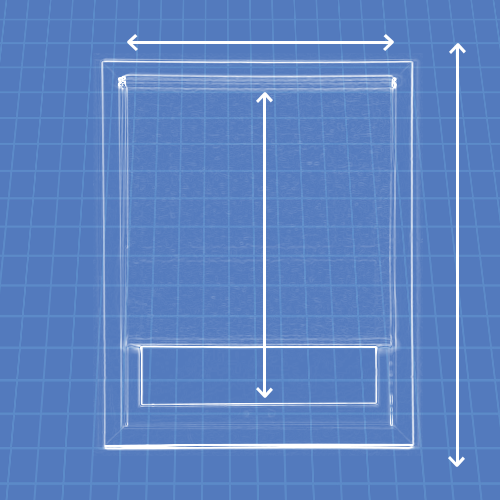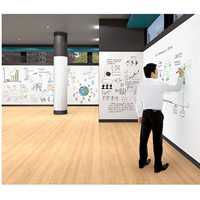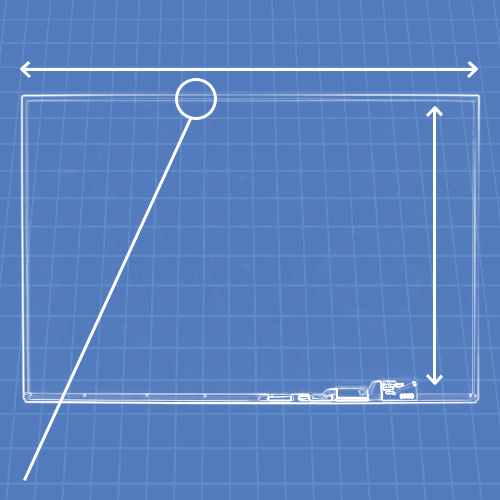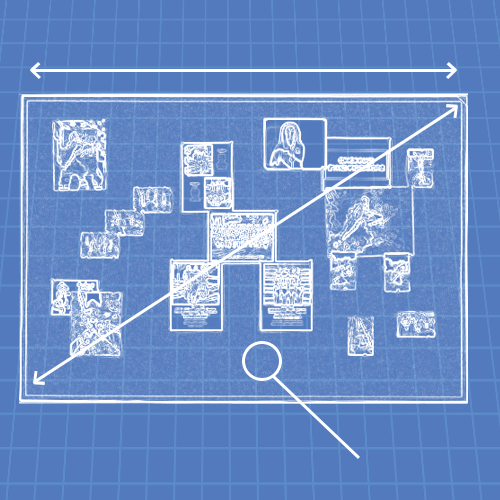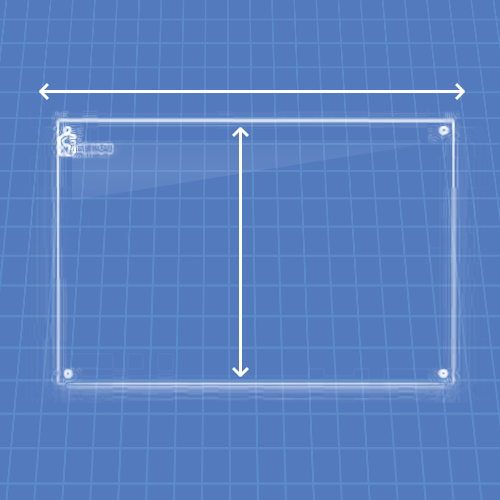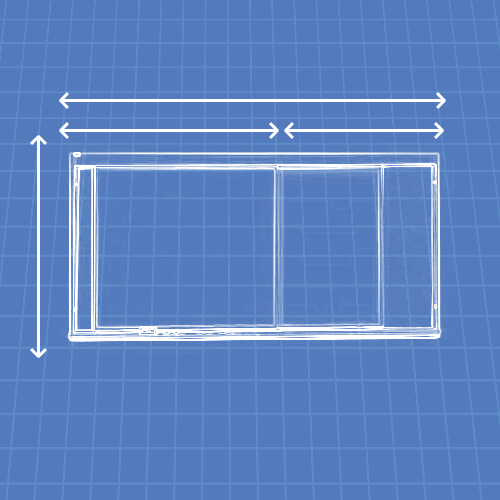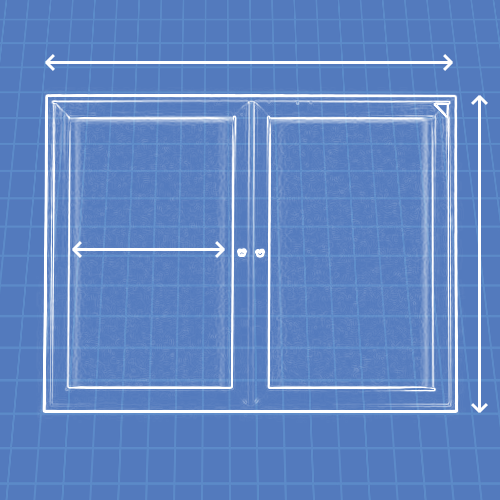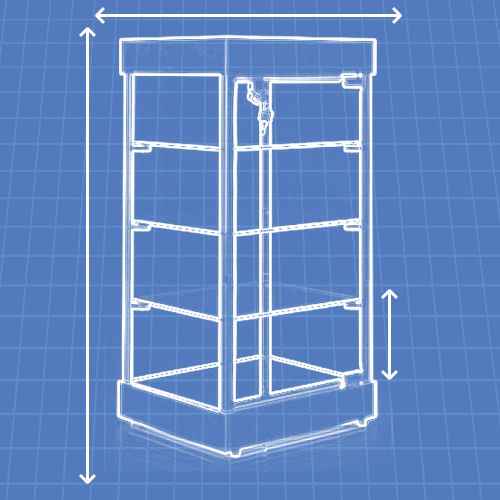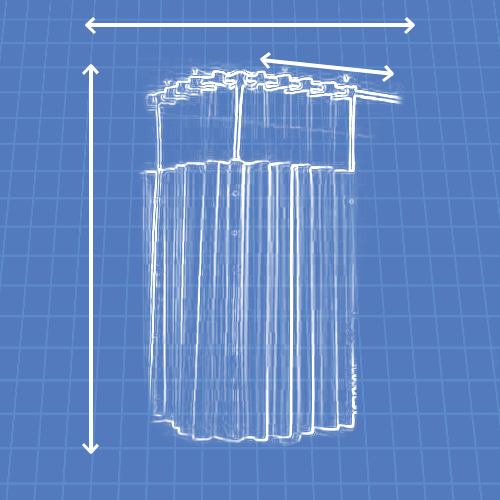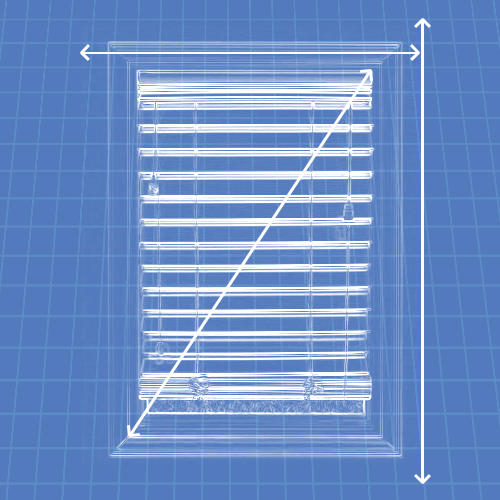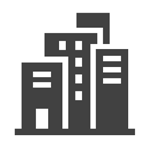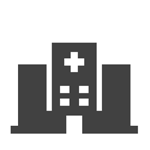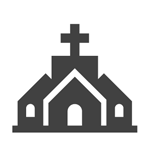About Cradles to Crayons
Our Mission: To provide, free of charge, low-income and homeless children from birth to pre-teen the basic essentials they need to be safe, warm, ready to learn, and valued. We also set a foundation for lasting change through the meaningful, tangible volunteer opportunities we provide to thousands of youth and adults each year.
Our Model: We're the glue between communities that have and communities that need. We make it simple for children, families, corporations to give their time, treasures and talent to benefit other children in their community. By partnering with social service agencies for distribution, we have a direct channel to serve tens of thousands of children in need each year.
The Kids We Help
Living in poverty means no books, shoes that don't fit properly, a worn-out winter coat. When you donate to Cradles to Crayons, you can be absolutely sure that your donation goes to a deserving local child, for whom the donation was specifically requested. Partnering with social service agencies enables us to reach thousands of individual children each month. Our partners include hospitals, health centers, family-service agencies, shelters and schools, among others.
There is a great need for our services at both of our sites: Massachusetts and Philadelphia.
Almost 300,000 Massachusetts children up to age 13 live in poor or low-income households.* At some point this year, more than 100,000 local children will experience homelessness.**
According to the US Census Bureau, Philadelphia has the highest poverty rate among the nation's ten largest cities. Nearly one in four Philadelphians, including 130,000 children, live in poverty.***
The Kids Who Help Us
At the same time, there are families looking for new homes for never-used or gently-used clothing, books, toys and other "stuff" their own kids have outgrown or no longer use. C2C serves as a bridge connecting those who have more with those who have less, effectively tearing down the invisible walls dividing our communities.
Thousands of kids every year give us their treasures, hold product drives and work a "shift" at our warehouse, The Giving Factory. In the doing, C2C kids experience enduring understanding and learn real lessons in leadership, social justice, service and the power of giving. We call it "tangible philanthropy".
- *Source: National Center for Children and Poverty
- ** Source: Horizons for Homeless Children
- *** Source: Philadelphia Inquirer (9/5/06)
Click Here to visit Cradles to Crayons
Parners In Health
The Partners In Health model of care – partnering with poor communities to combat disease and poverty
The world is focused as never before on averting millions of preventable deaths among poor people living in the developing world. For the first time, substantial funding is available to treat infectious diseases in impoverished settings. Funding alone, though, won't be enough. For this massive investment to make a real impact on the twin epidemics of poverty and disease, a comprehensive and community-based approach is key.
Partners In Health's success has helped prove that allegedly “untreatable' health problems can be addressed effectively, even in poor settings. Until very recently, it was conventional wisdom that neither multidrug-resistant tuberculosis (MDR TB) nor AIDS could be treated in such settings. PIH proved otherwise, developing a model of community-based care used successfully to treat MDR TB in the slums of Lima, Peru, and deliver antiretroviral therapy for AIDS in a squatter settlement in rural Haiti. National health authorities in both countries have now significantly expanded these pilot projects. Today, PIH has transplanted and adapted its model of care to the epicenter of the HIV pandemic in Africa, launching projects in Rwanda in 2005 and Lesotho in 2006. Elements of PIH's community-based approach have been disseminated to and adapted by other countries and programs throughout the world.
The five fundamental principles of our work are:
- Access to primary health care
A strong foundation of primary care is critical to successfully treating specific diseases, such as AIDS. People seek care because they feel sick, not because they have a particular disease. When quality primary health care is accessible, the community develops new faith in the health system, which results in increased use of general medical services as well as services for more complex diseases. Therefore, PIH integrates infectious disease interventions within a wide range of basic health and social services.
- Free health care and education for the poor
The imposition of user fees has resulted in empty clinics and schools, especially in settings where the burden of poverty and disease are greatest. Because both health and education are fundamental routes to development, it is counterproductive (not to mention immoral) to charge user fees for health care and education to those who need these services most and can afford them least. PIH works to ensure that cost does not prevent access to primary health care and education for the poor.
- Community partnerships
Health programs should involve community members at all levels of assessment, design, implementation, and evaluation. Community health workers may be family members, friends, or even patients who provide health education, refer people who are ill to a clinic, or deliver medicines and social support to patients in their homes. Community health workers do not supplant the work of doctors or nurses; rather, they are a vital interface between the clinic and the community. In recognition of the critical role they play, they should be compensated for their work. PIH doesn't tell the communities we serve what they need—they tell us.
- Addressing basic social and economic needs
Fighting disease in impoverished settings also means fighting the poverty at the root of poor health. Achieving good health outcomes requires attending to peoples' social and economic needs. Through community partners, PIH works to improve access to food, shelter, clean water, sanitation, education, and economic opportunities.
- Serving the poor through the public sector
A vital public sector is the best way to bring health care to the poor. While nongovernmental organizations have a valuable role to play in developing new approaches to treating disease, successful models must be implemented and expanded through the public sector to assure universal and sustained access. Rather than establish parallel systems, PIH works to strengthen and complement existing public health infrastructure.
The work of PIH has three goals: to care for our patients, to alleviate the root causes of disease in their communities, and to share lessons learned around the world. Through long-term partnerships with our sister organizations, we bring the benefits of modern medical science to those most in need and work to alleviate the crushing economic and social burdens of poverty that exacerbate disease. PIH believes that health is a fundamental right, not a privilege.
Through service, training, advocacy, and research, we seek to raise the standard of care for the poor everywhere.
Click Here to visit Partners In Health








